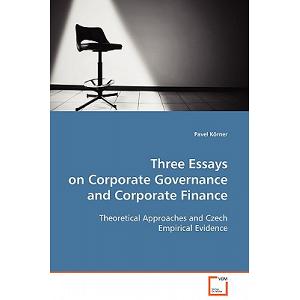1. Calculating Payback period and NPV – Fuji Software Inc. has the following mutually exclusive projects.
| year | project A | project B |
| 0 | $(10000) | ($12000) |
| 1 | 6500 | 7000 |
| 2 | 4000 | 4000 |
| 3 | 1800 | 5000 |
a.suppose Fuji’s payback period cut off is two years. Which of these two projects should be chosen?
b.Suppose Fuji uses the NPV rule to rank these two projects. Which project should be chosen if the appropriate discount rate is 15 percent?
Answer:
a. The payback period is the time that it takes for the cumulative undiscounted cash inflows to equal the initial investment.
Project A:
Cumulative cash flows year 1= $6,500 =$6,500
Cumulative cash flows year 2= $6,500 + 4000 =$10,500
Payback period= 1.875 years
Project B:
Cumulative cash flows year 1=$7,000 =$7,000
Cumulative cash flows year 2= $7,000+4,000 =$11,000
Cumulative cash flows year 3=$7,000+4,000+5,000 =$16,000
Payback period=2.20 years
b. Discount each project’s cash flows at 15%. Choose the project with the highest NPV
Project A:
NPV = - $ 139.72
Project B:
NPV= $399.11
The firm should choose project B since it has a higher NPV than the project A has.
Reference: Corporate Finance Book, Stephen A.Ross, Randolph W.Westerfield and Jeffrey Jaffe, Ninth Edition. Chapter 5, questions number 1, page 162.

No comments:
Post a Comment